Thank you to Sara Pennypacker for giving such an inspirational talk. It's always interesting to get inside the head of successful authors and hear where their ideas come from. I would also like to apologize to E.B Lewis who in my sleep deprived, addled state, I referred to as the great American writer "E.B White." (For those of you who are not familiar with the children's book publishing world, Mr. Lewis has over 40 books, many of which are award winners, and deserves to not be confused with E.B. White) Lastly, I would like to thank the women in the bathroom who let me cut them when I pointed to my belly and cryptically muttered...."pregnant...can't hold. Please."
My talk was about how to use New Literacy to incorporate European history in the classrooms. For those of you who might not be familiar with the latest buzzword in education, New Literacy is basically the ability to communicate and comprehend information discerned in new ways. The goal is to keep education relevant in the digital age and to teach literacy beyond the pages of books. Some of the new ways of learning include Wikis, primary sources online, Youtube videos, Utunes, virtual museums and of course blogs. You can find a video and some of the latest progress in this area here.
Here are some of my links in case you didn't get to jot them down. (Because Lincoln is celebrating his 200th anniversary and Henry his 500th, I have used Lincoln and Henry as examples of new literacy teaching.)
Primary Sources Online:
With so many students using the Internet solely to do their homework, it is entirely reasonable now to ask students to use primary sources online.
Some examples of primary sources online include British History Online and Lincoln's State Papers.
Virtual Museums
Virtual Museums offer teachers ways to incorporate historical artifacts into their curriculum. In the past, we would have to travel thousands of miles to access these artifacts. Although virtual musuems will never replace the real thing, they do offer a new way to access art.
Some new innovation in virtual museums include:
• Creative Spaces: connects you with nine UK national museums and galleries, allowing you to explore and comment on collections, upload your own content, and build and share collections with others.
• Virtual Tours: 3d sites offer new ways for students to experience artifacts within their classrooms. Here is a very interesting one on Henry VIII’s ship the Mary Rose
(I also post new interactive learning sites on this blog and within my newsletter.)
Podcasts
Many classrooms are asking their student to make their own podcast instead of the standard written history assignment. Here is a simple tutorial on how to make a podcast.
Some of my favorite podcasts include the Napoleon Podcast, Tudor Cast, and Everything Lincoln
(I find it best to just open iTunes and type in the name of the desired podcast)
Movie Trailers
Many classrooms are also asking their students to create movie trailers on significant events in history. You can see a very simple example of the movie trailer that I made for my book here. The only tools students need to make movie trailers is a pc or mac with Window Movie Maker or Apple's iMovie. Both programs are free and very easy to use.
Wikis
Wikis are wonderful ways for students to collaborate on a history project because their scalable nature allows the assignment to be easily broken up into digestible pieces. Student can create different pages on a famous person in history instead of having to tackle their entire biography.
Some Wiki examples include the Tudor Wiki or the Lincoln Wiki.
Reenactments
Nothing is more dramatic and memorable then acting out history. Some of my favorite ideas for reenactments include:
- The trial of Richard III. Did he kill the Princes in the tower?
- A short play reenacting Henry VIII’s break from the church
- Elizabeth I vs. Mary Queen of Scots: a heated debate between two groups on whether or not Mary deserved her fate
- Have students act out Marie Antoinette’s execution using primary sources. Although executions can often be very grim aspects of history, they are also well-recorded events so they offer a perfect vehicle to introduce primary sources to students.
- And of course my favorite assignment…to trace a rumor in history and have students analyze the motives behind different sources.
Many teachers are allowing for independent research time in their classrooms which includes blog reading. Some of my favorite history blogs are listed in the left hand column of this site under "Raucous Blogs."
I hope some of these links make it easier for teachers and librarians to squeeze a little European history into their curriculum.

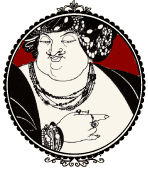

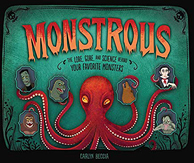
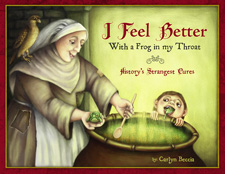
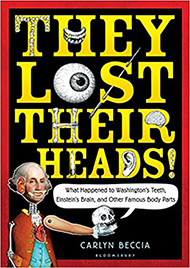

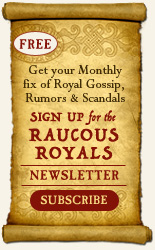
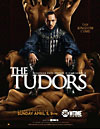

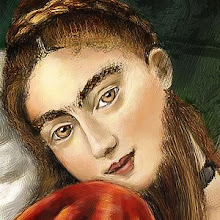
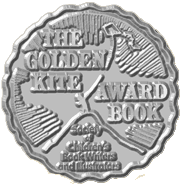
2 comments:
Terrific information. New Literacy sounds like it runs along the same lines as Plain language; which advocates making language simpler in order to be understandable to all. I'm currently working on something to that effect. Very interesting, thanks:)
ohhh how interesting!
i've been looking for some virtual tours but I didn't find any u.u
thanks for the links!
oh and also, about the ship Mary Rose... where can you find the lists of Henry VIII's ships? Like the one that Phillipa Greggory says she came across with the ship called "Mary Boleyn"?
:O
thanks! :)
Post a Comment